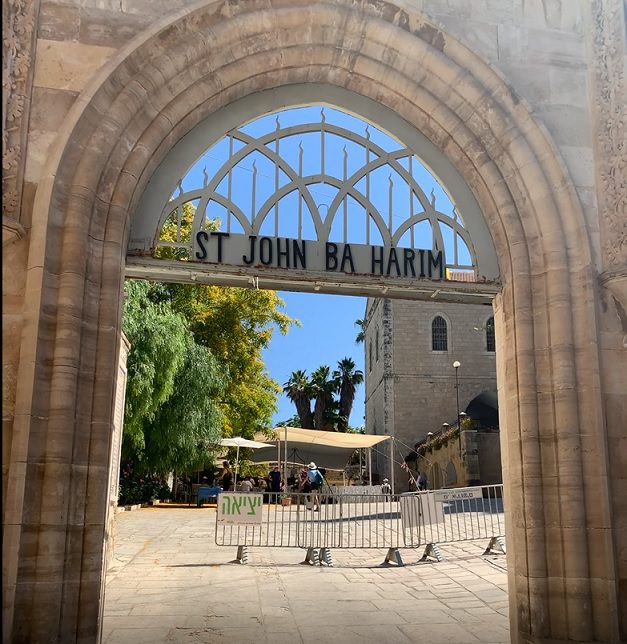
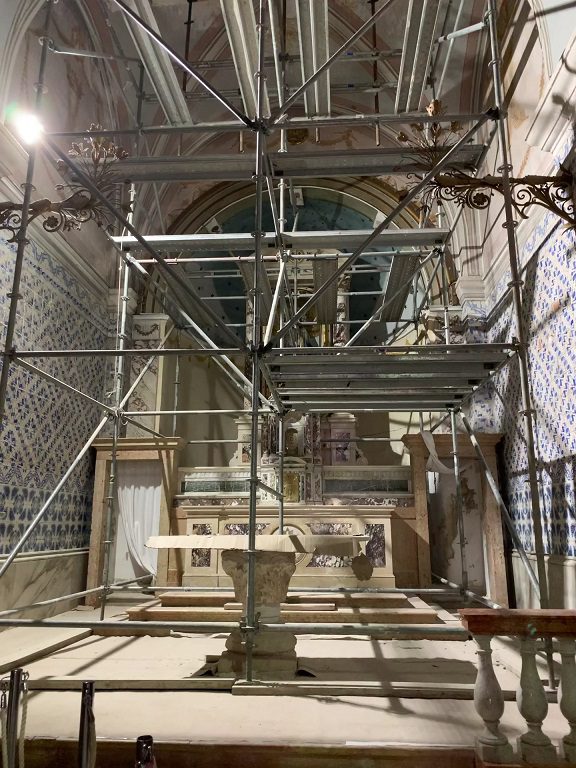
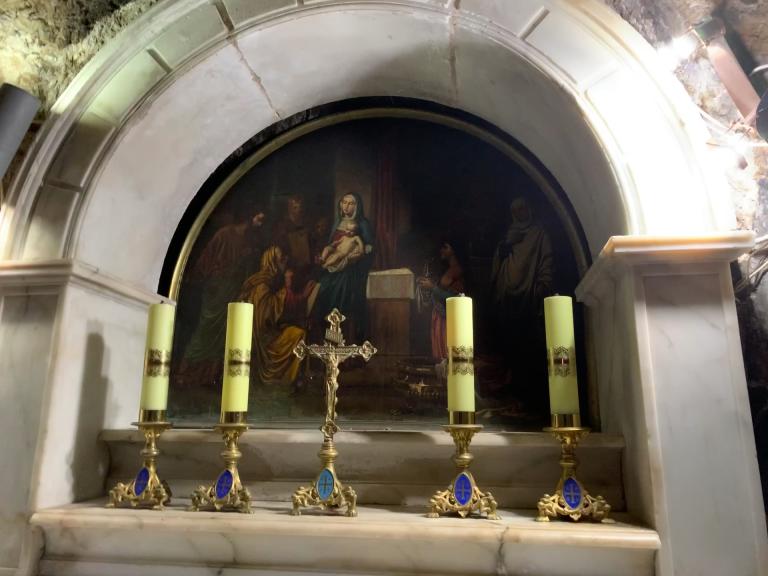
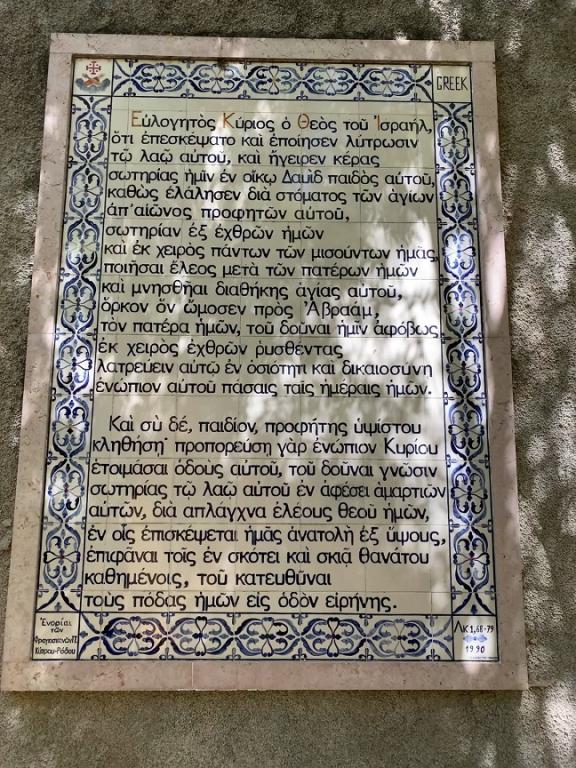
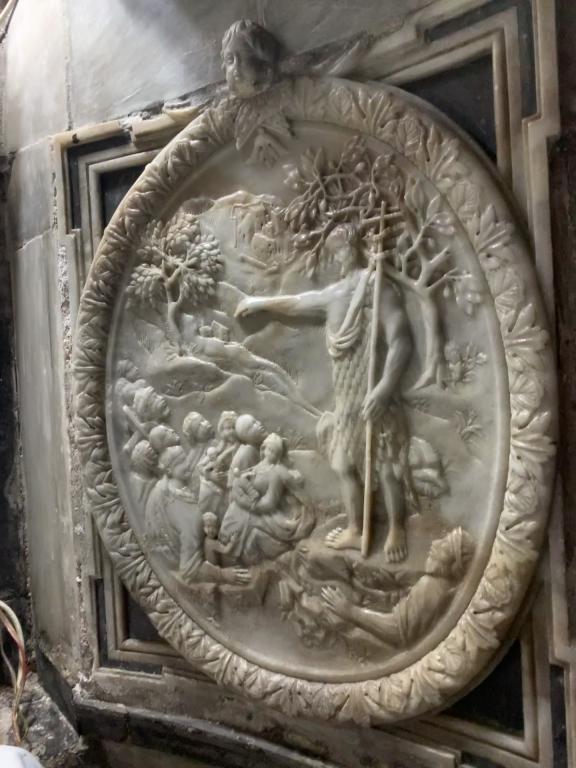
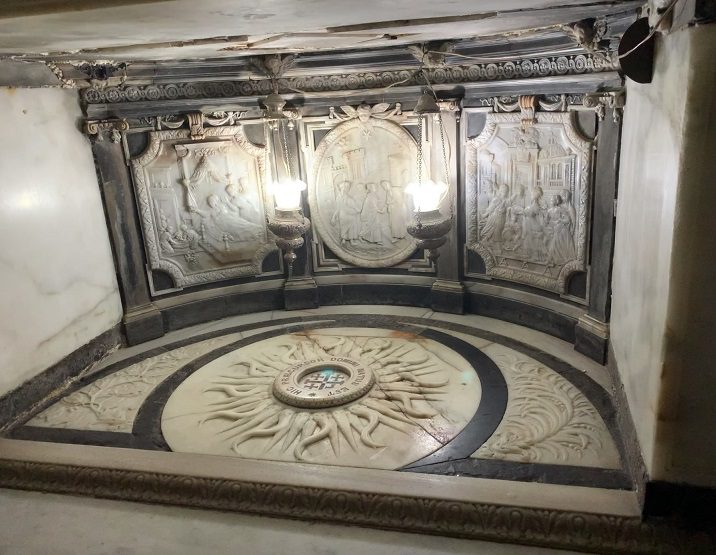
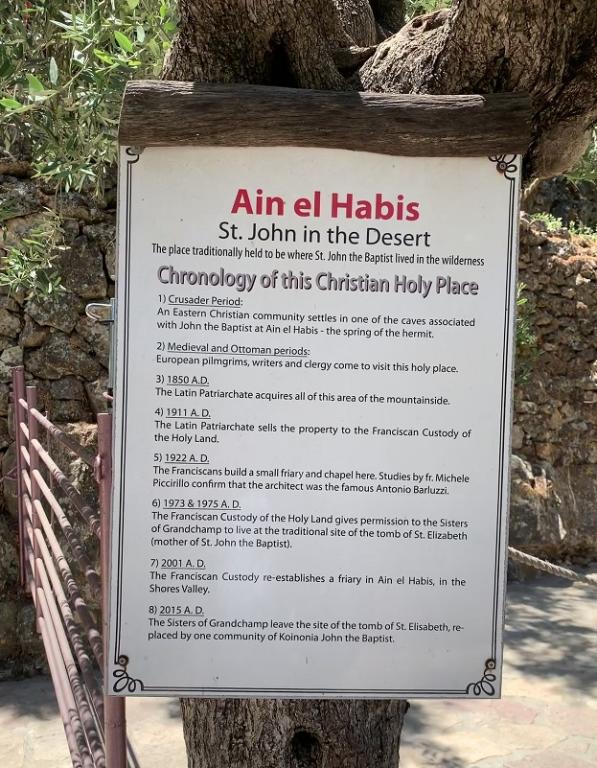
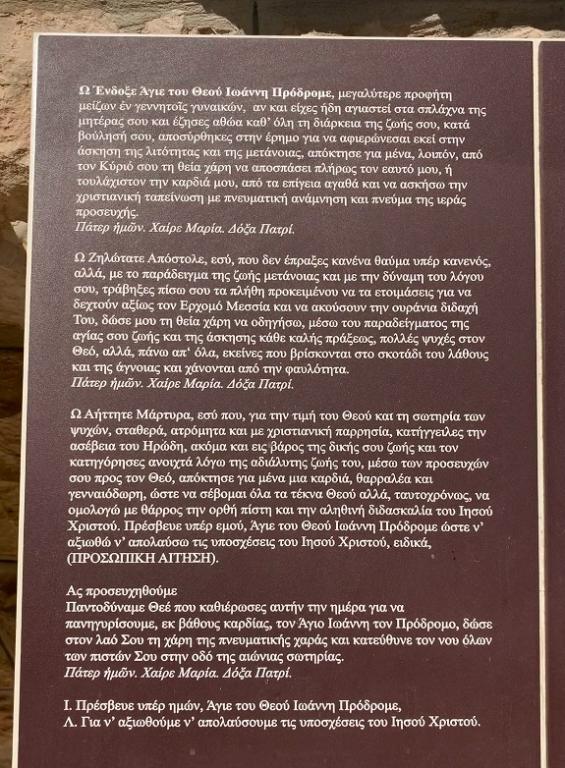
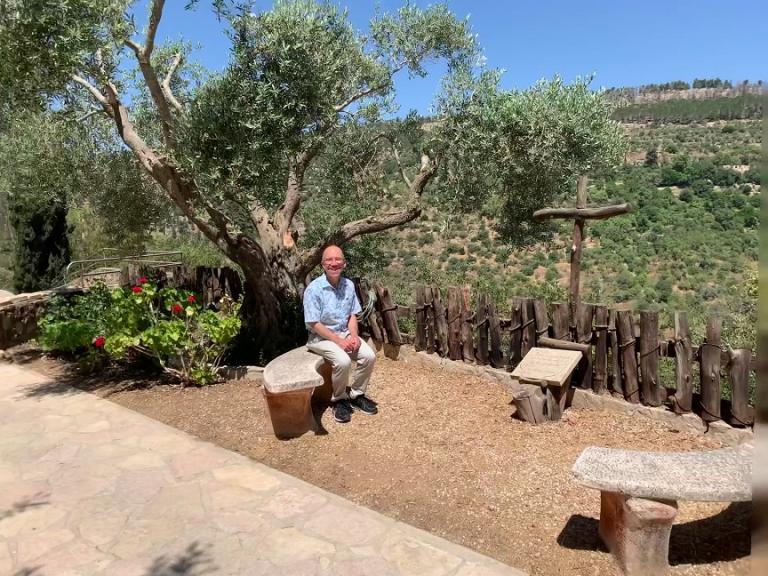
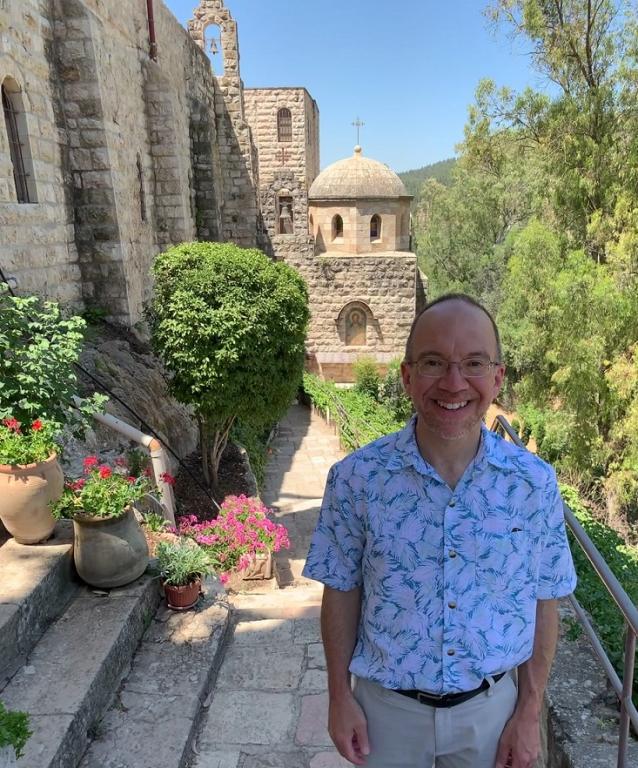
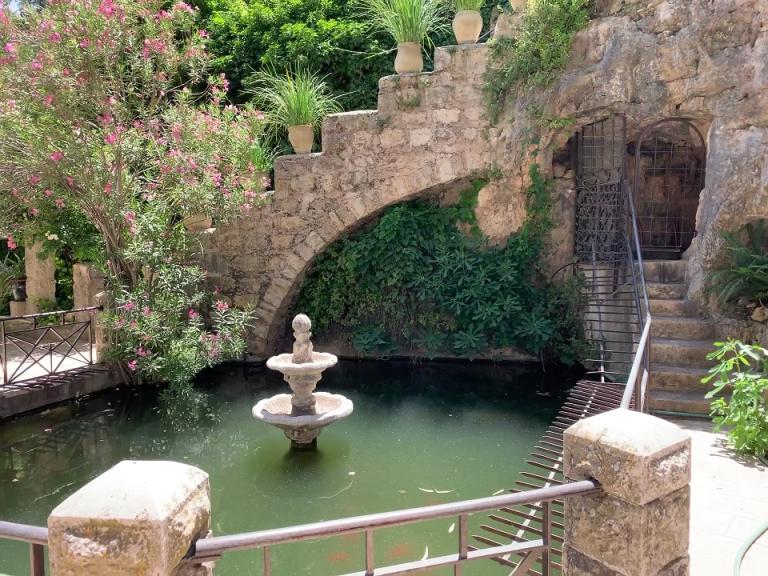
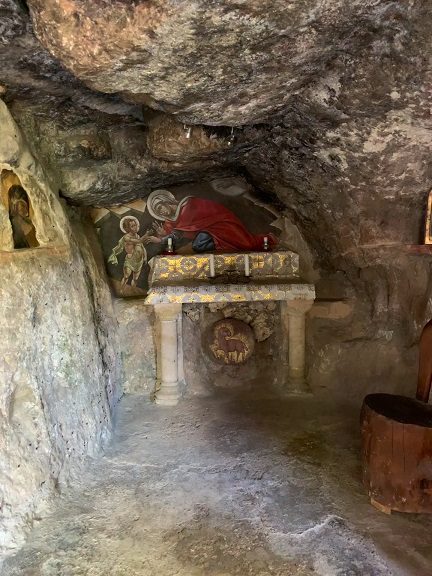
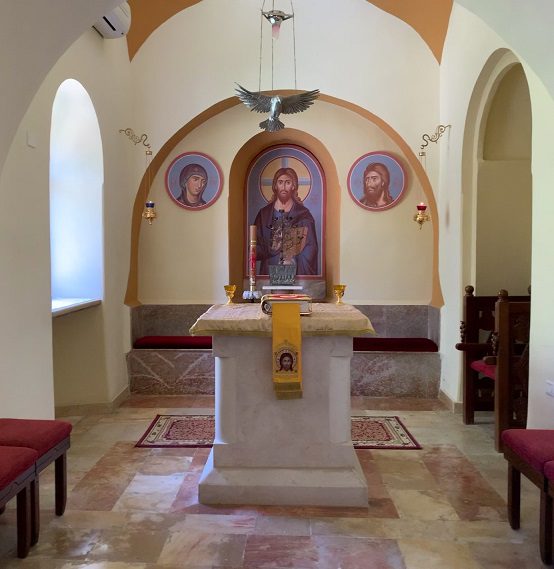













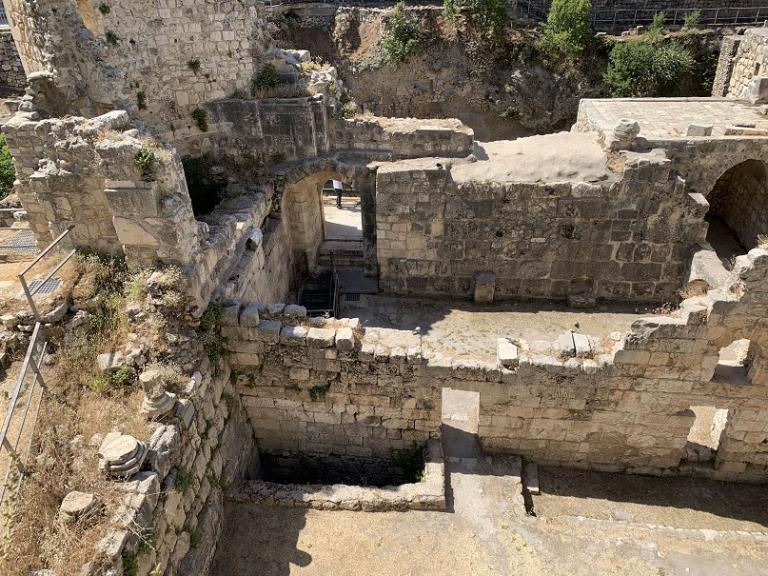
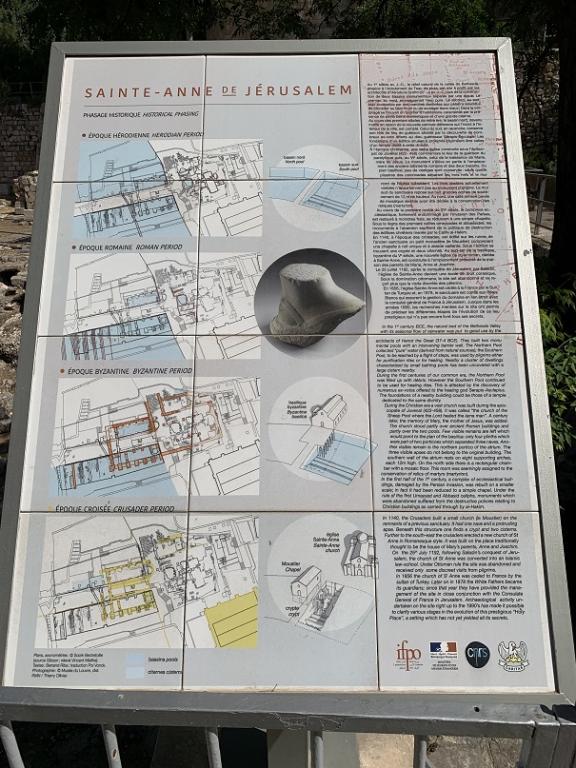
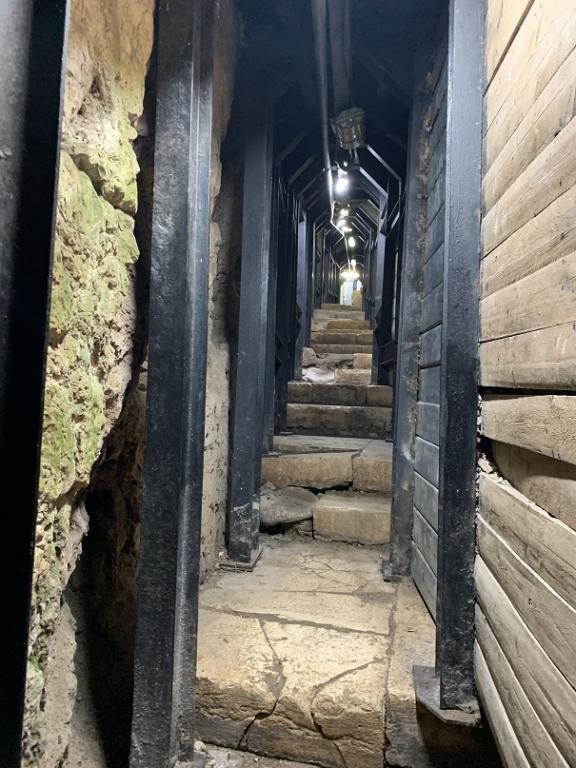
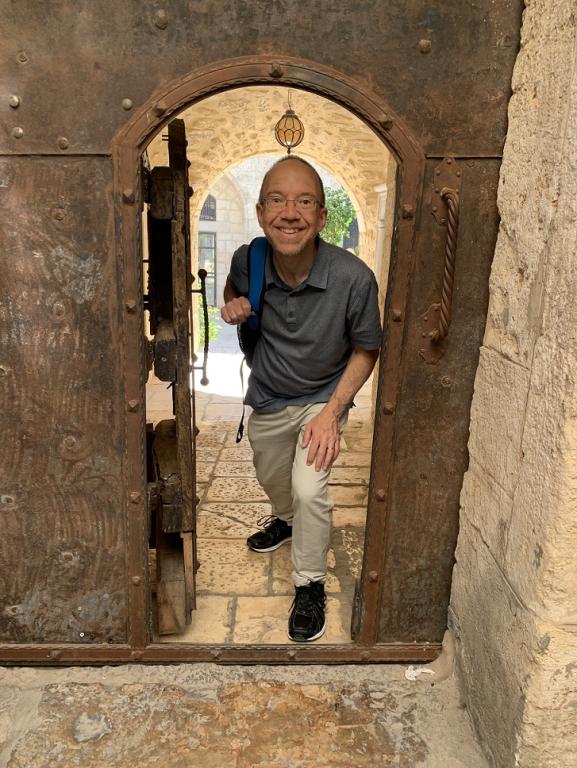
Fragments of John the Baptist's SKULL and of Saint Pagagiotes' skeleton at the renovated Greek Orthodox church of John the Baptist in Jerusalem.Saint Panagiotes was the new martyr who was forced to convert to Islam but did not accept it thus was killed on April 5, 1820
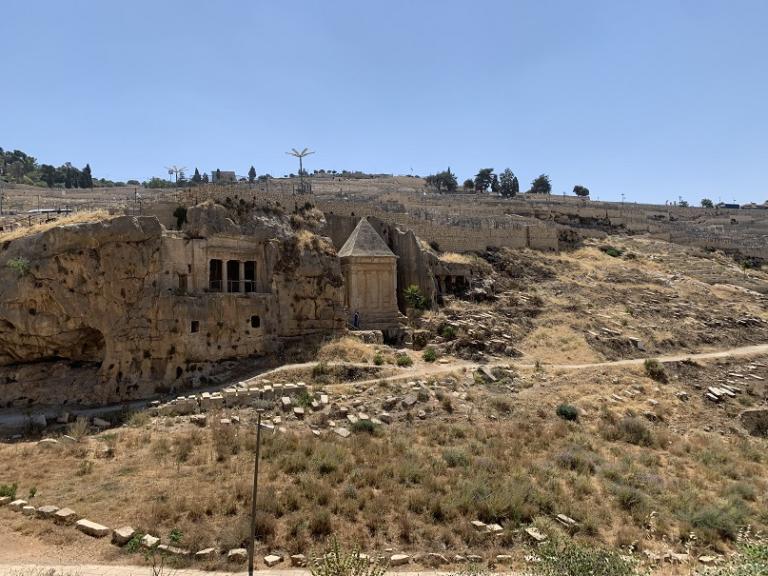
Will understanding John the Baptist help us understand who the historical Jesus would have been? In this livestream Dr. James F. McGrath will be discussion his discoveries.Check out Dr. McGrath's Blog -https://www.patheos.com/blogs/religio...Follow him on Twitter - https://twitter.com/ReligionProf
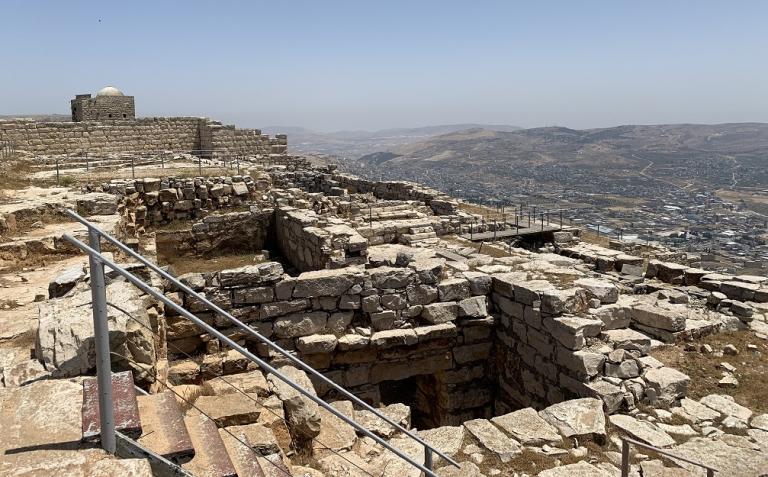
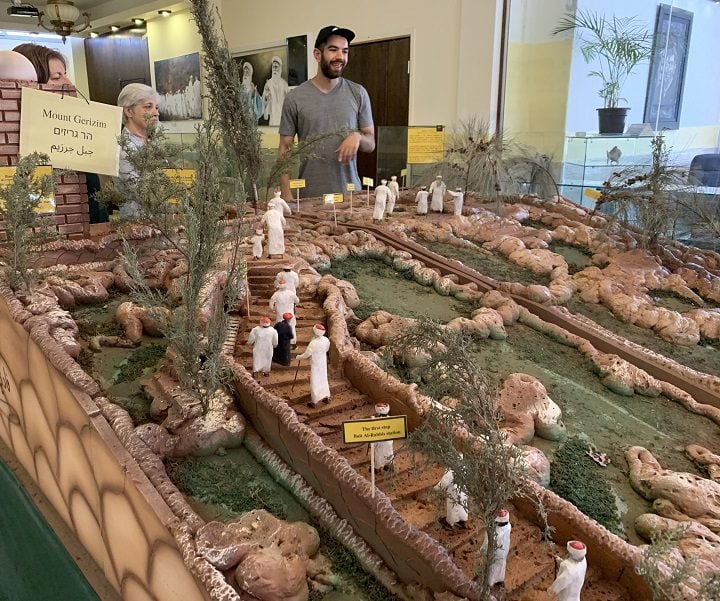
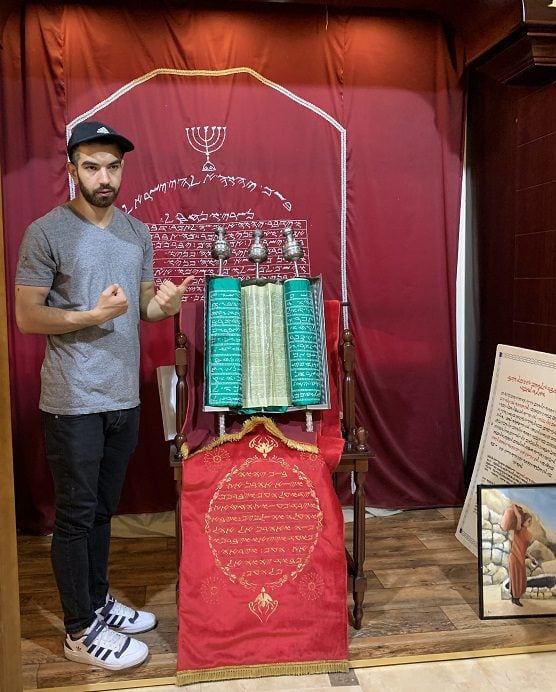
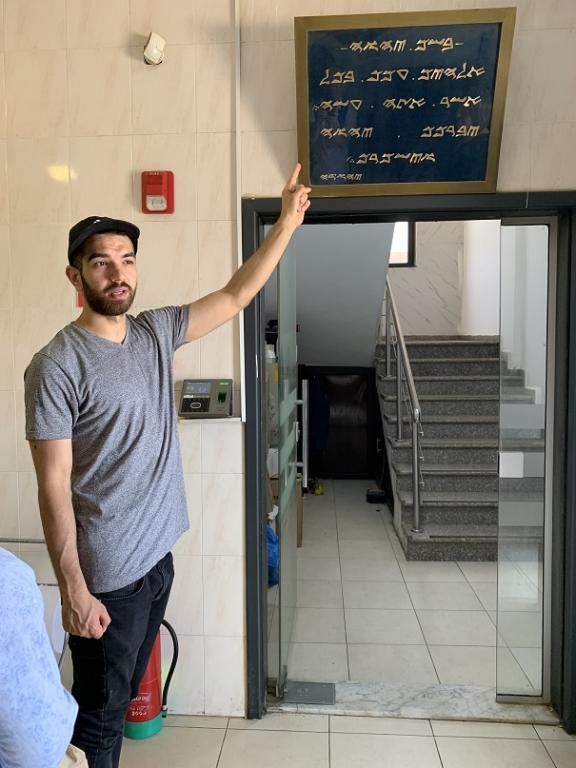
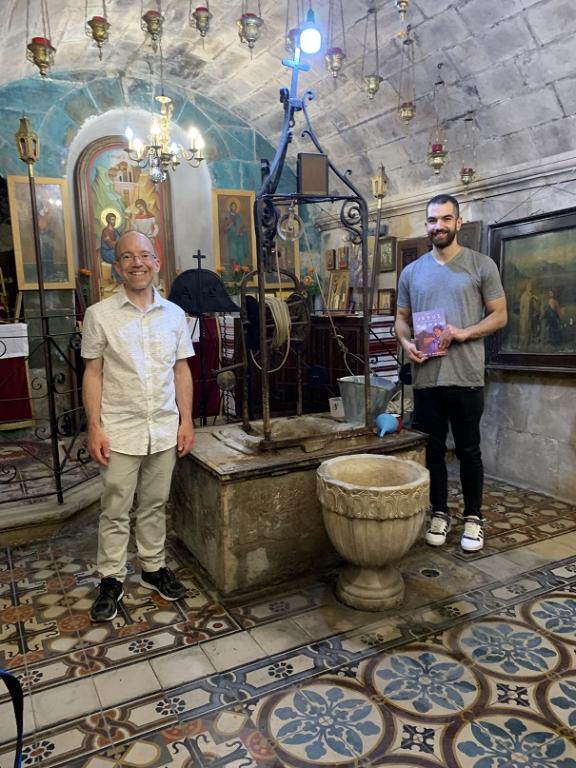
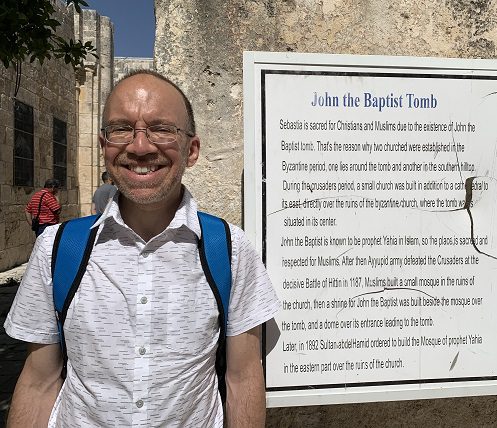
Samaritans, the world’s only holders of dual Israeli-Palestinian nationality, are a unique religious minority on the verge of extinction. In the heights of Nablus, Abdallah Cohen, the high priest’s grandson, seeks to find his own way.
The Samaritans are one of the most ancient tribes in the world - they’ve been around for over 3,000 years. But the population is now fragile and the tribe at risk of finally dying out...Their population consists of just four extended families, around only 800 people in total (in Roman times there used to be over a million). They have three men to every one woman. To keep the tribe going they’ve tried bringing in women from afar, including a number from the Ukraine. But is it too little, too late?Subscribe to see more full documentaries every week: https://bit.ly/2lneXNyTRACKS publishes unique, unexpected and untold stories from across the world every week.
From How To Save A Tribe Facebook: https://www.facebook.com/TRACKSTravel...
* * * * * *
Samaritans
Jump to searchThis article is about the ethnoreligious group. For their religion, see Samaritanism. For the parable, see Parable of the Good Samaritan. For other uses, see Samaritan (disambiguation).
Samaritans ࠔࠌࠓࠉࠌ
שומרונים
السامريونTotal population ~840 (2021)[1] Regions with significant populations Israel (Holon)
460 (2021)Total [sic] in 2021 - 840 souls[1]
Total in 2018 – 810 souls[1]
Total number on 1.1.2017 - 796 persons, 381 souls on Mount Gerizim and 415 in the State of Israel, of the 414 males and 382 females.[1]State of Palestine[a] (Kiryat Luza)
380 (2021)[1] Languages Modern spoken languages:
Israeli Hebrew, Levantine Arabic
Liturgical languages:
Samaritan Hebrew, Samaritan AramaicReligion Samaritanism Related ethnic groups Jews; other Semitic-speaking peoples (Levantine Arabs, Mandaeans, etc.)
Part of a series on Samaritanism Samaritans (/səˈmærɪtənz/; Samaritan Hebrew: ࠔࠠࠌࠝࠓࠩࠉࠌ,[3] romanized: Šā̊merīm, transl. Guardians/Keepers [of the Torah]; Hebrew: שומרונים, romanized: Šōmrōnīm; Arabic: السامريون, romanized: as-Sāmiriyyūn) are an ethnoreligious group whose traditions affirm they descend from the ancient Israelites. They are native to the Levant and adhere to Samaritanism, an Abrahamic and ethnic religion.
Samaritan tradition states that they descend from the northern Israelite tribes who were not deported by the Neo-Assyrian Empire after the destruction of the Kingdom of Israel. They believe that Samaritanism is the true religion of the ancient Israelites, preserved by those who remained in Palestine during the Babylonian captivity;[4] this belief is held in opposition to Judaism, the ethnic religion of the Jewish people, which Samaritans see as a closely related but altered and amended religion brought back by Judeans returning from Babylonian captivity. Samaritans consider Mount Gerizim (near both Nablus and biblical Shechem), and not the Temple Mount in Jerusalem, to be the holiest place on Earth.[5][6]
Once a large community, the Samaritan population shrunk significantly in the wake of the bloody suppression of the Samaritan Revolts against the Byzantine Empire (mainly in 525 CE and 555 CE). Mass conversions to Christianity under the Byzantines, and later to Islam following the Arab conquest of the Levant, also reduced their numbers significantly.[7] In the 12th century, the Jewish traveler Benjamin of Tudela estimated that only around 1,900 Samaritans remained in the regions of Palestine and Syria.[8]
As of 2022, the total Samaritan population stands at less than 1,000 people. The Samaritan community is divided between Kiryat Luza on Mount Gerizim and the Samaritan compound in Holon.[b][10] The head of the community is the Samaritan High Priest. Samaritans in Holon primarily speak Israeli Hebrew, while those in Kiryat Luza speak Levantine Arabic; for the purposes of liturgy, the languages of Samaritan Hebrew and Samaritan Aramaic are used, written in the Samaritan script. There are also a small number of Samaritans living outside the Levant, in Brazil and in Catania (Sicily), Italy. [11]
Samaritans have a standalone religious status in Israel, and there are occasional conversions from Judaism to Samaritanism and vice-versa, largely due to interfaith marriages. While Israel's rabbinic authorities came to consider Samaritanism to be a sect of Judaism,[12] the Chief Rabbinate of Israel requires Samaritans to undergo a formal conversion to Judaism in order to be officially recognized as Halakhic Jews. Rabbinic literature rejected Samaritans unless they renounced Mount Gerizim as the historical Israelite holy site.[c] Samaritans possessing only Israeli citizenship in Holon are drafted into the Israel Defense Forces, while those holding dual Israeli and Palestinian citizenship in Kiryat Luza are exempted from mandatory military service.
| Samaritanism | |
|---|---|
| הדת השומרונית السامرية | |
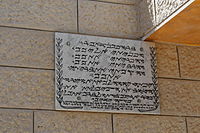 | |
| Type | Ethnic |
| Classification | Abrahamic |
| Scripture | Samaritan Torah |
| Theology | Monotheistic |
| Samaritan High Priest | Aabed-El ben Asher ben Matzliach |
| Region | Kiryat Luza, Palestine Holon, Israel |
| Language | Samaritan Hebrew, Samaritan Aramaic |
| Headquarters | Mount Gerizim |
| Separated from | Judaism, Yahwism |
| Members | c. 840 ( |
| Part of a series on |
| Samaritanism |
|---|
 |
show Revered figures |
show Practices |
show Related religious groups |
Samaritanism is the Abrahamic, monotheistic, ethnic religion[2] of the Samaritan people, an ethnoreligious group who, alongside Jews, originate from the ancient Israelites.[3][4][5][6][7][8] Its central holy text is the Samaritan Pentateuch, which Samaritans believe is the original, unchanged version of the Torah.[9]
The Samaritan religion is internally described as the holy faith that began with Moses, unchanged over the millennia that have since passed. Samaritans believe that the Jewish Torah, and Judaism by extension, have been corrupted by time and no longer serve the duties that God mandated to the Israelites on Mount Sinai. While Jews view the Temple Mount in Jerusalem as the most sacred location in their faith, the holiest site for Samaritans is Mount Gerizim near Nablus.[10]
Samaritanism holds that the summit of Mount Gerizim is the true location of God's Holy Place, as opposed to the Temple Mount in Jerusalem, as defended in Judaism. As such, Samaritans trace their history as a separate entity from the Jews back to soon after the Israelites' entry into the Promised Land. Samaritan historiography traces the schism itself to High Priest Eli leaving Mount Gerizim, where stood the first Israelite altar in Canaan, and building a competing altar in nearby Shiloh. The dissenting group of Israelites who had followed Eli to Shiloh would be the ones who in later years would head south to conquer Jerusalem (the Jews), whereas the Israelites who stayed on Mount Gerizim, in Samaria, would become known as the Samaritans.[11]
Abu l-Fath, who in the 14th century wrote a major work of Samaritan history, comments on Samaritan origins as follows:[11]
A terrible civil war broke out between Eli son of Yafni, of the line of Ithamar, and the sons of Pincus (Phinehas), because Eli son of Yafni resolved to usurp the High Priesthood from the descendants of Pincus. He used to offer sacrifices on an altar of stones. He was 50 years old, endowed with wealth and in charge of the treasury of the Children of Israel. ...
He offered a sacrifice on the altar, but without salt, as if he were inattentive. When the Great High Priest Ozzi learned of this, and found the sacrifice was not accepted, he thoroughly disowned him; and it is (even) said that he rebuked him.
Thereupon he and the group that sympathized with him, rose in revolt and at once he and his followers and his beasts set off for Shiloh. Thus Israel split in factions. He sent to their leaders saying to them, Anyone who would like to see wonderful things, let him come to me. Then he assembled a large group around him in Shiloh, and built a Temple for himself there; he constructed a place like the Temple [on Mount Gerizim]. He built an altar, omitting no detail—it all corresponded to the original, piece by piece.
At this time the Children of Israel split into three factions. A loyal faction on Mount Gerizim; a heretical faction that followed false gods; and the faction that followed Eli son of Yafni in Shiloh.
Further, the Samaritan Chronicle Adler, or New Chronicle, believed to have been composed in the 18th century using earlier chronicles as sources, states:
And the Children of Israel in his days divided into three groups. One did according to the abominations of the Gentiles and served other gods; another followed Eli the son of Yafni, although many of them turned away from him after he had revealed his intentions; and a third remained with the High Priest Uzzi ben Bukki, the chosen place.
Modern genetic studies (2004) suggest that Samaritans' lineages trace back to a common ancestor with Jews in the paternally-inherited Jewish high priesthood (Cohanim) temporally proximate to the period of the Assyrian conquest of the kingdom of Israel, and are probably descendants of the historical Israelite population,[12][13] albeit isolated given the people's reclusive history.
Conflicts between the Samaritans and the Jews were numerous between the end of the Assyrian diaspora and the Bar Kokhba revolt. Jesus' Parable of the Good Samaritan also gives evidence of conflict. The great Temple of the Samaritans, on top of Mount Gerizim, was destroyed under the orders of Jewish leader John Hyrcanus.[14]
Following the failed revolts, Mount Gerizim was rededicated with a new temple, which was ultimately again destroyed during the Samaritan revolts. Persecution of Samaritans was common in the following centuries.[citation needed]
The principal beliefs of Samaritanism are as follows:[15][16][17]
The Samaritans preserve the proto-Hebraic script, conserve the institution of a High Priesthood, and the practice of slaughtering and eating lambs on Passover eve. They celebrate Pesach, Shavuot, Sukkot[18] but use a different mode from that employed in Judaism in order to determine the dates annually.[19] Yom Teru'ah (the Biblical name for "Rosh Hashanah"), at the beginning of Tishrei, is not considered a New Year as it is in Rabbinic Judaism.
Passover is particularly important in the Samaritan community, climaxing with the sacrifice of up to 40 sheep. The Counting of the Omer remains largely unchanged; however, the week before Shavuot is a unique festival celebrating the continued commitment Samaritanism has maintained since the time of Moses. Shavuot is characterized by nearly day-long services of continuous prayer, especially over the stones on Gerizim traditionally attributed to Joshua.
During Sukkot, the sukkah is built inside houses, as opposed to outdoor settings that are traditional among Jews.[20] Samaritan historian Benyamim Tsedaka traces the indoor-sukkah tradition to persecution of Samaritans during the Byzantine Empire.[20] The roof of the Samaritan sukkah is decorated with citrus fruits and the branches of palm, myrtle, and willow trees, according to the Samaritan interpretation of the four species designated in the Torah for the holiday.[20]
Samaritans, from a photo c. 1900 by the Palestine Exploration Fund.
Sukkot on Mount Gerizim
Entrance to a modern Samaritan synagogue in the city of Holon, Israel
Samaritan law differs from Halakha (Rabbinic Jewish law) and other Jewish movements. The Samaritans have several groups of religious texts, which correspond to Jewish Halakha. A few examples of such texts are: